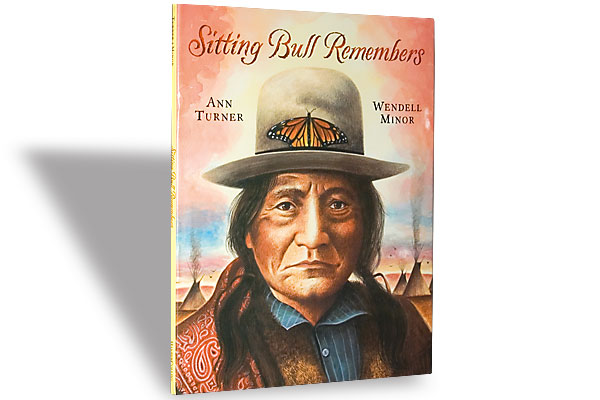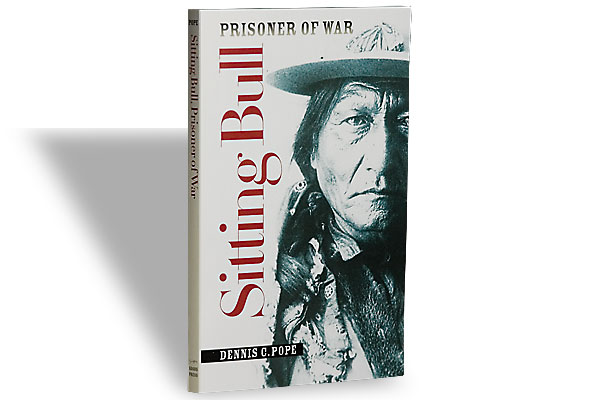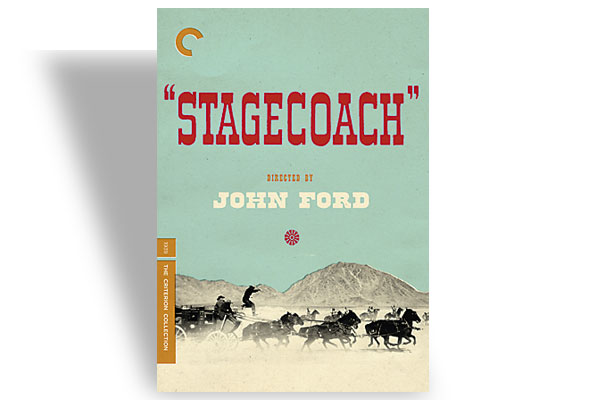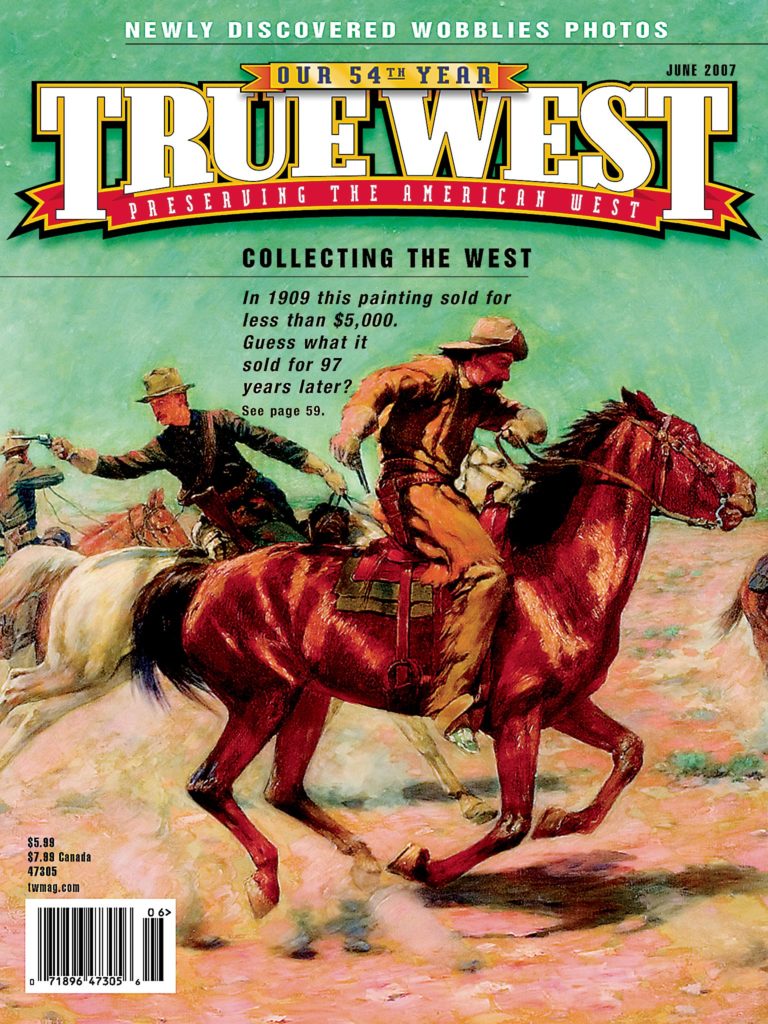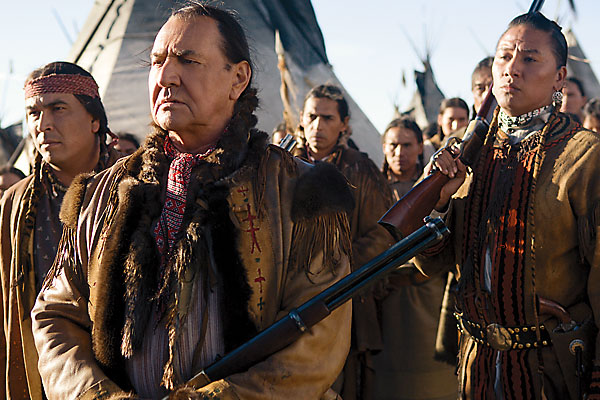 This must be the month of atonement because culpability for ancient and unaddressed sins is the overriding theme of the summer, on TV and in the movies.
This must be the month of atonement because culpability for ancient and unaddressed sins is the overriding theme of the summer, on TV and in the movies.
It’s no stretch to imagine that the creators of these works mean them to reflect on our current activities as a nation, and in the case of the first film, the role of religious fanaticism as a force in the world.
September Dawn, Christopher Cain’s retelling of the events of 9/11/1857, when a wagon train with fine horses and healthy cattle, en route to California, had the bad luck to cross Mormon territory in Southern Utah without the necessary permission. What occurred that day is today known as the Mountain Meadows Massacre, and the fact that all but a handful of children survived is undisputed. Almost everything else is subject to question.
How many people were involved? Between 100 and 140 victims. Brevet Major James Henry Carleton who investigated the attack two years later seemed to think that the bones and hair found on the site belonged to 120 men, women and children. The stock was long gone.
Where were they from? Primarily Arkansas, though there is some reason to think that a handful of Missourians had at some point joined the party, but whether they were there when the massacre occurred or in fact even existed at all, isn’t clear. What is known is that the founder of the Church of Jesus Christ of Latter-day Saints, Joseph Smith, was driven out of Missouri when the Mormons tried to fix the state as their home base. They relocated to Illinois, where Smith was killed in his jail cell, in Carthage, in 1844. Yet most cite the murder of church leader Parley Pratt (killed four months earlier in Arkansas) as a key factor behind the massacre.
Who actually killed the settlers? A mixture of Paiutes and Mormons, though what percentage of which, and who committed the worse atrocities depends on which accounts are to be believed. The degree to which the Paiutes were instructed and encouraged by the Mormons is debated.
And now the big question: Who gave the order? Very sticky, that one, because there are those who insist that Brigham Young, the man at the top, pressed the button, which the LDS has denied.
A lot of the information came from the handful of children who survived, but the investigation led to the execution of a single Mormon, John D. Lee, 20 years later in 1877. Before he was killed by firing squad, he renounced the organization and wrote a thoroughly detailed description of the event. The LDS reinstated him in 1961.
The film stars Terence Stamp (General Zod in Superman I and II) as Brigham Young, and Jon Voight as (the fictional) Jacob Samuelson, Young’s patsy. Into the middle of the movie is a plot that involves Samuelson’s son Jonathan (Trent Ford) falling in love with one of the doomed party, Emily (Tamara Hudson), but who is chained to a bed when the horror ensues. (He could have just lifted the bedpost to escape and warn the settlers, but that’s another movie.) Jonathan, by the way, hates his father because Jacob passed his wife, Jonathan’s mother, over to Brigham Young who evidently needed yet another wife.
This picture is scheduled to open on 800 screens in early May, including Salt Lake City, and the Church is already upset, mostly because the orders to kill the party are heard coming from the cool dry lips of Brigham Young, with the appropriate Godfather lighting.
In terms of quality, the movie seems better fitted for the sort of Grizzly Adams/Sun Classic release platform of the 1970s. Yet with the PBS three-hour documentary, “The Mormons,” airing in late April and May, the second season of HBO’s polygamist drama Big Love beginning in June, the political ascendancy of former Mormon Massachusetts Gov. Mitt Romney (a great great grandson of Parley Pratt) and the ongoing prosecution of polygamist Warren Jeffs, it seems that a drama of this sort warrants bigger venues.
Moreover, this September marks the 150th anniversary of the event. The descendants will certainly be vocal and very active in any number of ways, and director Cain will be participating in some fashion.
As for the film, it’s earnest and educational, but the dull love story in the center keeps the picture from reaching farther into the heart of one of the oddest and darkest events in pre-Civil War history.
Bury My Heart at Wounded Knee
If September Dawn makes issue of the depths of violence that religious zealots can achieve in the name of their church or God, Bury My Heart at Wounded Knee (also due out in May) makes a statement about the willful organized bleaching of an indigenous culture by a determined, arrogant, technologically advanced one.
This isn’t Dee Brown’s renowned and influential book, but rather a piece of it, the final piece at that, when the killing of hundreds of Sioux by the U.S. marked the ending of the Indian wars.
This is an ambitious work, well made, nicely directed (a few stunning aerial and crane shots, including the Battle at the Little Bighorn), very well acted and, to a point, smartly written.
The picture’s ambition is also its undoing, because it breaks its story line into two trajectories with a single theme.
At the beginning we meet Charles Eastman, a Sioux child who was born in Minnesota and partly raised in the Dakota Territory. When his father returned from prison a converted Christian, he sent his son to schools in the East. Eastman was a voracious student and eventually became a doctor, a poet and a scholar, as well as one of the founders of the Boy Scouts.
But Eastman (played as an adult by Adam Beach, from the Saulteaux tribe of Manitoba) never abandoned his native roots, despite the efforts of everyone he encountered. He was the only physician to administer help to the Sioux at Wounded Knee.
The parallel story shows the path taken by the Sioux that led them to Wounded Knee, and the systematic efforts made by the government, national and local, to either assimilate or destroy the Indians. The movie shows how good intentions were often as devastating as bad ones, and how bureaucracy is a voracious lumbering beast that systematically devours everything it touches.
Other good elements are at work in the film, including a portrayal of the Sioux that neither panders to nor diminishes them as a people or culture; it works overtime to be fair and honest, and the actors who play Red Cloud (Gordon Tootoosis) and Sitting Bull (August Schellenberg) are unusually grounded on the screen. Aidan Quinn plays Henry Dawes, whose elaborate plans to help the natives caused a staggering amount of damage, and Fred Thompson drops in for a few minutes as President U.S. Grant.
The problem is that Eastman’s story, because it focuses on a single fascinating individual, is far more interesting than the sprawling Sioux saga; so whenever the movie switches gears, it loses steam. But when it’s good, it’s very, very good.
Sitting Bull vs. Cinema Bull
When I began to watch the DVD screener of Bury My Heart at Wounded Knee, it kept occurring to me that Michael Blake, the Academy Award-winning screenwriter of Dances With Wolves (1990) and more recently the author of Indian Yell, would be an ideal couch mate to share the viewing.
I pushed the eject button, picked up the phone and a couple of days later I was following the highway around the back end of Tucson, referring to Blake’s instructions, and ended up bobbleheading down a very long stretch of washboard backroad before I reached Blake’s house, tucked into the base of a hill. Blake lives like a writer, surrounded by books, papers and music. Every project he’s launched apparently has its own specific musical theme. “It’s Midnight Oil right now,” he says.
Blake has a wife, children, horses, two dogs and, I think, one cat. Down a ways from the driveway, he tells me, he had to nudge the biggest diamondback he’d ever seen.
His Oscar sits out of reach, on the very top of a bookshelf, in one of the main rooms. Immediately below it is his Golden Globe—neither would be noticeable unless one knew where to look.
Blake is currently working on a screenplay that involves Quantrill and the kids that fought along the Missouri-Kansas border, which will be produced by an unnamed cable channel. Though there are several computers scattered about the place, Blake writes in longhand, in notebooks.
As it happened, none of the DVD players were able to read the disc, so we wound up watching the screener in his 10-year-old son’s bedroom—Blake on the bed and me in a large purple-ish chair shaped like an open hand.
After convincing his son’s parrot to resist rending the flesh from my arm (“He has a thing for skin,” said Blake), we settled down to see the picture. Afterwards we talked about the differences between the Sitting Bull of the movie and the one Blake has studied throughout his life (he even has the Hunkpapa leader’s skull tattooed on his chest).
Sitting Bull, an accurate portrayal or not?
As he’s depicted in the film, it doesn’t coincide very well with my image of Sitting Bull. He seems like an egotist and a stubborn tough guy. He doesn’t smile at all in the movie. And Sitting Bull smiled a lot. He had very good relationships with a lot of white women, white men, white soldiers, relationships that you would have to characterize as casual yet pleasant.
But when it came to the government’s administering of the reservations, and his reservation, he was very, very stubborn and challenged every change that didn’t benefit his people. And that challenge, being a thorn in the side of the administration, is what eventually led to his assassination.
As for him losing respect by the younger Sioux men as we see in the film, in truth, the Sioux from every reservation would come to visit and confer with him. Leaders were always interested in Sitting Bull’s ideas, in terms of certain issues or situations. So even though, as they said in the movie, he was no chief at all on the reservation, which he wasn’t, he was, until his death, the most influential man in the Sioux nation.
And he was extremely entertaining, a witty guy. He loved to laugh, he loved to make jokes and smile, which I think gave him some relief from his efforts.
Interestingly, when he went off to be with Bill Cody in the Wild West show, he was billed as a villain in the U.S. and was consistently booed when he appeared here. But when they went over to Canada, he was cheered with a kind of respect that didn’t exist here.
In the movie, they talk about him making money from signing autographs and having fancy dinner parties—I don’t recall any of that. He had no regard for money. When he went out with Cody, he made what was for him a significant amount of money and Cody wanted him to come back and do more and more; but after a three-month stint, he said, that’s it.
Sitting Bull was a household word in America at that time. He was at the [Battle of the] Little Bighorn, he had fled to Canada and he had resisted the reservation to the very end; and everybody in America knew about that. That kind of individual and that kind of behavior is attractive to a lot of people, no matter what color.
Sounds like he was something of a martyr to his own popularity.
In a sense that’s very true. He was a tremendous warrior when he was younger, then he was injured and took a back seat to warriorhood and became more of a spiritual leader, which he was at the [Battle of the] Little Bighorn. Then he continued with that after he returned from his exile in Canada. On the reservation, he continued to be a spiritual leader for people, and they regarded that as priceless.
Sitting Bull also became very aware of how white government officials and so forth would work, how their agendas work, so he was a real, real nuisance to people because he could understand where they were coming from, and he couldn’t be deceived because he wouldn’t give in.
Hollywood usually depicts Indians as fatally naive about white mentality and agendas, but it sounds like Sitting Bull was quite savvy.
He wasn’t naïve, but the sad part, the true tragedy, was that he understood that the white world could not be overcome. The rank manipulation, the cheating, the lying, the lack of feeling and understanding, their contempt for Indian society that they had was not gonna end. But the basic thing is that Sitting Bull said to himself, I’m an Indian, always will be an Indian and I’m not going to conform to their way of living because I abhor it.
Sitting Bull gave a voice to his opinions that was very strong, and he stood up to them every time. The problem was that the government did not want that kind of voice to be on the reservation. Sitting Bull was never considered a sellout. He always stood up for his people, even when they became irritated with his constant opposition because it made their lives harder in terms of getting resources and so forth.
Is the death scene fairly accurate?
McLaughlin, the reservation agent, did send a crew of his death squad, his Indian police, out to get Sitting Bull because they were concerned about the Ghost Dancing getting out of control. Word got out, and a lot of the people around where Sitting Bull lived came and camped around his house. When the men came, they went through the people, went inside and pulled Sitting Bull out of bed. Once he was out, he called for help, and firing started. Nobody knows who fired first. But he was shot—there were two troops on either side of him—one of those men shot him on the side of the head and another shot him in the back of the head, and he was gone.


